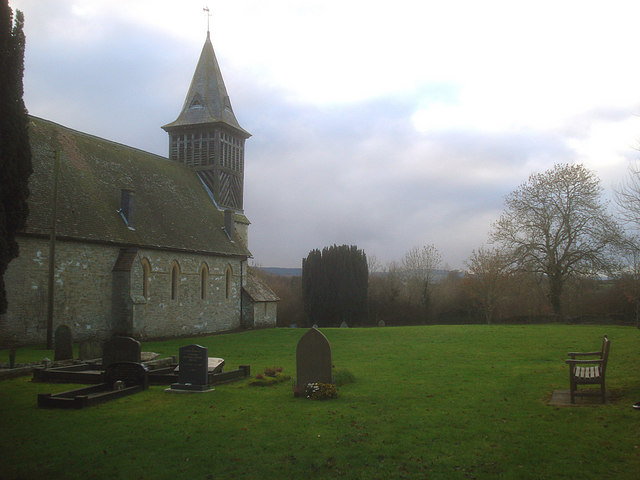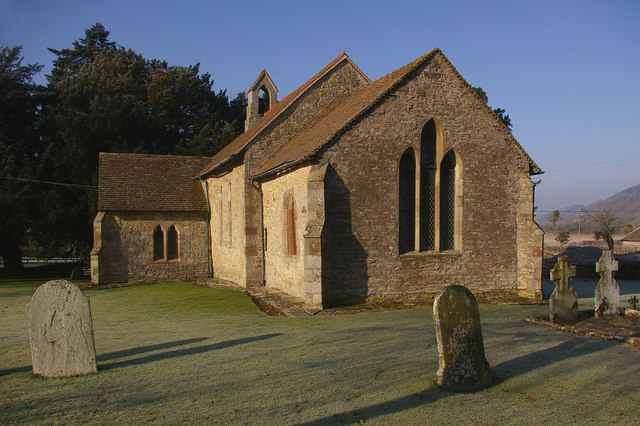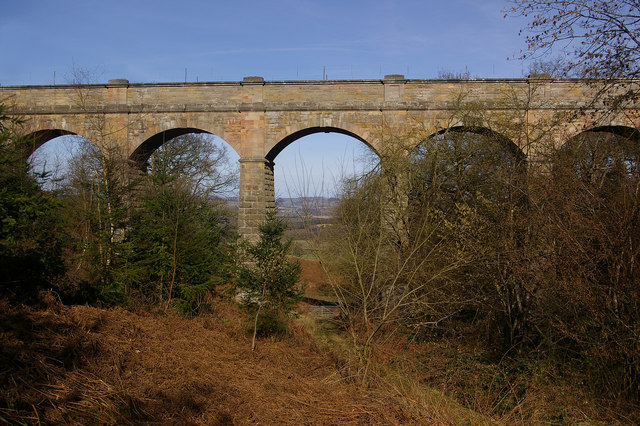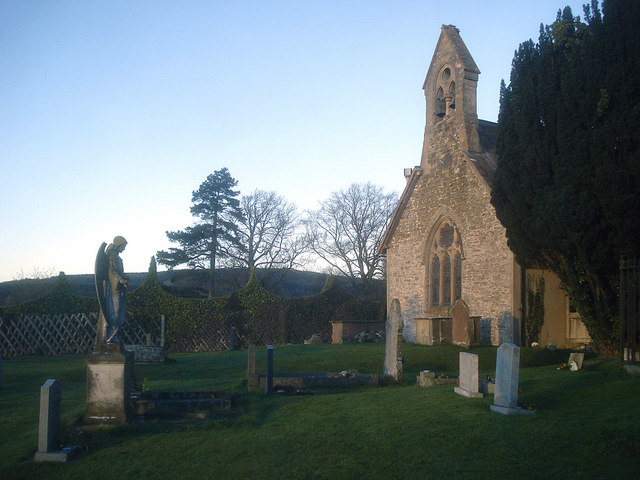Burrington
Civil Parish in Herefordshire
England
Burrington

Burrington is a civil parish located in the county of Herefordshire, England. Situated in the western part of the county, Burrington covers an area of approximately 8 square kilometers and is home to a population of around 300 residents.
The parish is characterized by its picturesque rural landscape, featuring rolling hills, lush green fields, and charming country lanes. It is surrounded by other small villages and hamlets, contributing to its tranquil and secluded atmosphere.
Burrington primarily consists of residential properties, with a mix of traditional cottages and more modern houses. The community is tight-knit and friendly, with a strong sense of community spirit. The parish has a small primary school, providing education for local children.
The local economy in Burrington is mainly agricultural, with farming playing a significant role in the community. The fertile land is used for grazing livestock and cultivating crops, contributing to the region's agricultural heritage.
Despite its small size, Burrington offers a range of amenities to its residents. These include a village hall, a church, and a pub, which serves as a social hub for locals and visitors alike.
The parish is well-connected to the surrounding areas, with good road links to nearby towns and cities. It also benefits from its proximity to the stunning Herefordshire countryside, offering residents and visitors ample opportunities for outdoor activities such as walking, hiking, and exploring the natural beauty of the region.
In summary, Burrington is a peaceful and picturesque civil parish in Herefordshire, characterized by its rural charm, strong sense of community, and beautiful countryside.
If you have any feedback on the listing, please let us know in the comments section below.
Burrington Images
Images are sourced within 2km of 52.351897/-2.811144 or Grid Reference SO4472. Thanks to Geograph Open Source API. All images are credited.








Burrington is located at Grid Ref: SO4472 (Lat: 52.351897, Lng: -2.811144)
Unitary Authority: County of Herefordshire
Police Authority: West Mercia
What 3 Words
///enhancement.tram.pink. Near Burrington, Herefordshire
Nearby Locations
Related Wikis
Burrington, Herefordshire
Burrington is a small village and civil parish in the far north of Herefordshire, England. It is part of the Leintwardine group of parishes and shares...
Pipe Aston
Pipe Aston is a small village and civil parish in the far north of Herefordshire, close to the border with Shropshire. It has a population of about 24...
Elan aqueduct
The Elan aqueduct crosses Wales and the Midlands of England, running eastwards from the Elan Valley Reservoirs in Mid Wales to Birmingham's Frankley Reservoir...
Downton Castle
Downton Castle is a grade I listed 18th-century country house in the parish of Downton on the Rock in Herefordshire, England, situated about 5 miles...
Downton, Herefordshire
Downton is a civil parish in Herefordshire, located in the north of the county and containing the village of Downton-on-the-Rock. It is part of the Leintwardine...
Elton, Herefordshire
Elton is a hamlet and civil parish in the far north of Herefordshire. It is situated on the Wigmore to Ludlow road. The village is northeast of Leinthall...
Bringewood Ironworks
Bringewood Ironworks was a charcoal ironworks in north Herefordshire. It was powered by the river Teme, with a blast furnace, a finery forge and latterly...
High Vinnalls
High Vinnalls is a hill in the English county of Herefordshire, though commonly considered a member of the Shropshire Hills. It is located in the parish...
Nearby Amenities
Located within 500m of 52.351897,-2.811144Have you been to Burrington?
Leave your review of Burrington below (or comments, questions and feedback).
















